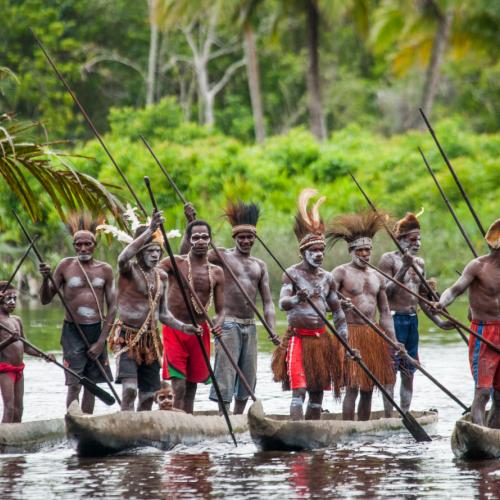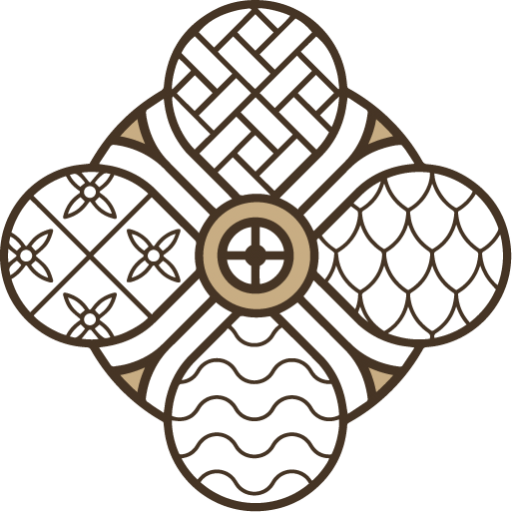The most savages islands of Indonesia

Between the Indian and Pacific Oceans, and directly over the Equator, is the nation of Indonesia. A trip to Indonesia means gorgeous beaches, stunning volcanoes, some of the world’s best diving destinations and exotic cultures. Indonesia is a hidden paradise you won’t regret to visit.
With more than 17.000 Islands there are a lot of several amazing places you can find in Indonesia. Visiting them all maybe is hard to do in one visit. Let’s say impossible. This is why we recommend you thre islands. Yoy won’t regret to choose one of them as your main destination for your adventure in Indonesia. You will experience and see something you can’t find in other places.
1. Trip to Sulawesi Island
2. Trip to West Papua
3. Trip to Sumatra Island
As we have said before, the are a lot of amazing islands in Indonesia like Ternate, Pulau Seram...but today let’s just concentrate on this three island.
TRAVEL TO SULAWESI
The remore area of Central Sulawesi is specially sauvage and will make you live and authentic adventure experience in Indonesia. The rainforest will surprise you. Here we specially recommend you explore the area doing a trekking of two or thre days with overnight in local houses.
In this area we find the Togean islands, true tropical paradise with beautiful powder white sand beaches covered in tropical rain forest and surrounded by pristine coral reefs in crystal clear water. This archipelago of 56 islands and islets is located in the middle of the Gulf of Tomini off the coast of Central Sulawesi. The islands are also interessant for its culture. The Bajo people of Indonesia are fascinating, also known as Sea Gypsies. They live a nomadic life on the ocean. The Bajo fisherman have an amazing ability to hunt underwater with very primitive equipment and discover how fishing is done in these parts is an incredible experience. You can still meet the Bajau people of Togeans and their way of life. The most picturesque village is Pulau Papan near Malenge island. Colorful and festive, it is a must-visit place in Togean Islands.
TRAVEL TO WEST PAPUA
We love West Papua. Is one of our favorite islands of Indonesia. It is the world’s second-largest island, and with an area of 785,753 km2 (303,381 sq mi), the largest island in the Southern Hemisphere. Located in Melanesia in the southwestern Pacific Ocean, it is separated by the 150 km (81 nmi; 93 mi) wide Torres Strait from Australia. Numerous smaller islands are located to the west and east. The eastern half of the island is the major land mass of the independent state of Papua New Guinea. The western half, known as Western New Guinea or West Papua, forms a part of Indonesia and is organized as the provinces of Papua and West Papua.
With limited tourism infrastructure, very few regions in Papua are connected by roads. You really need a local travel agency in Indonesia to visit this island. With more than 700 languages, a mixture of unique cultures, challenging treks, and great surf, the island is really is the final frontier of travel. The edge of wilderness.
When viewed from cultural characteristics, livelihoods and patterns of life, indigenous Papuans can be divided into two major groups, namely mountainous Papua or inland, highlands and lowland and coastal Papua. The belief pattern of traditional Papuan religions unites and absorbs all aspects of life, they have an integral worldview that is closely related to one another between material and spiritual worlds, which are secular and sacred and both function together.
In West Papua we can meet the Korowai people. According to The Daily Telegraph, "Until the late 1970s, when anthropologists embarked on a study of the tribe, the Korowai were unaware of the existence of any peoples other than themselves. The majority of the Korowai clans live in tree houses on their isolated territory. The Korowai have been reported to practice ritual cannibalism up to the present day. Anthropologists suspect that cannibalism is no longer practiced by the Korowai clans that have had frequent contact with outsiders. A real adventure travel in Indonesia...
The Asmat Tribe is also remarkable. The Asmat inhabit a region on the island’s southwestern coast bordering the Arafura Sea, with lands totaling approximately 18,000 km² (7,336 mi²) and consisting of mangrove, tidal swamp, freshwater swamp, and lowland rainforest.
The land of Asmat is located both within and adjacent to Lorentz National Park and World Heritage Site, the largest protected area in the Asia-Pacific region. The total Asmat population is estimated to be around 70,000 as of 2004. The term "Asmat" is used to refer both to the people and the region they inhabit.
The Asmat have one of the most well-known woodcarving traditions in the Pacific, and their art is sought by collectors worldwide. The Asmat mainly subsist on starch from the sago palm (Metroxylon sagu), supplemented by grubs of the sago beetle (Rhynchophorus ferrugineus), crustaceans, fish, forest game, and other items gathered from their forests and waters. The access is difficult. You only can reach them by boat. This is why even today, the Asmat are relatively isolated and their most important cultural traditions are still strong, though their interaction with the outside world has been increasing over the last decades.
TRAVEL TO SUMATRA
The island of Sumatra is home to some of the world’s most diverse rain forests. Sumatra is the world’s sixth largest island. The islands’ tropical climate and diverse ecoregions have created habitats that house thousands of unique species and the world’s last remaining Sumatran tigers, orangutans, Bornean elephants, and Sumatran rhinos. Massive rivers cut across the landscape.
We would like to make special mention to the Mentawai People. The Mentawai are the indigenous people of the Mentawai Islands in Sumatra, Indonesia. They live mainly on Siberut Island, which is about 5 hours by speed boat from Padang city. Usually a few families of the tribe live together in wooden houses that stand on pillars, called Uma. Today, about 30,000 people of the tribe live on the island of Siberut. They live largely isolated from modern society and in a semi-nomadic lifestyle.
Not only are they one of the oldest tribes in Indonesia, but the Mentawai are also one of the few remaining who still believe in animism. In this, a shaman serves as the spiritual leader of the tribe. They believe that all things in nature have a spiritual essence, and they live in harmony and peace with the environment around them. They always ask the spirits for forgiveness after taking the life of an animal or harvesting a plant.
They also have a very humble and simple appearance, with the men wearing only a loincloth made from the bark of the rubber tree. The women wear only a simple skirt made of palm or banana leaves.
Besides eating sago - a starch extracted from tropical palms - as a staple food, the men of the tribe also hunt monkeys with homemade poison darts. The women are responsible for fishing in the river and then preparing the food over a fire in a bamboo stick. The Mentawai also raise pigs and chickens for their daily diet, with the livestock usually living directly under their traditional houses.
Visiting the different tribes of Indonesia can be a real experience and a total cultural inmersion. Travel off the beaten tracks in Indonesia with us an be ready for a real adventure trip in Indonesia!




 Suara Air, Lauxury Villa in Ubud, Bali
Suara Air, Lauxury Villa in Ubud, Bali Lia Beach, Togean Islands Resort, Sulawesi
Lia Beach, Togean Islands Resort, Sulawesi Santai Toraja Hotel, Rantepao, Sulawesi
Santai Toraja Hotel, Rantepao, Sulawesi Kelana, Boat Cruise at Komodo
Kelana, Boat Cruise at Komodo